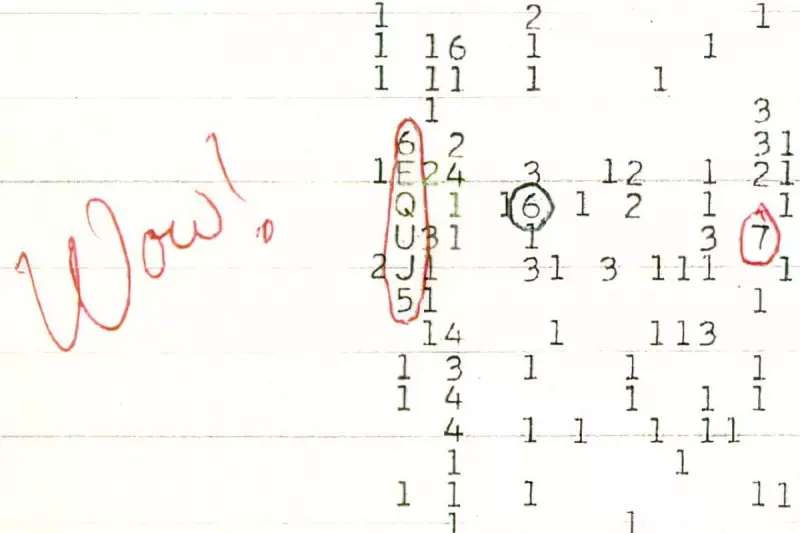
For nearly half a century, the 'Wow! Signal' has stood as the most compelling, tantalising, and utterly mysterious event in the history of the search for extraterrestrial intelligence (SETI). That infamous 72-second burst of radio waves, detected in 1977 and so astonishing that a scientist scrawled 'Wow!' on the printout, has fuelled dreams of alien contact. Now, a groundbreaking new study claims to have finally cracked the case, pointing the finger at a far more mundane celestial culprit.
A Cosmic False Alarm?
Research led by astronomer Centrella from the National Astronomical Observatory suggests the signal's origin wasn't a distant civilisation, but something much closer: a passing comet. The study posits that the hydrogen clouds enveloping comets 266P/Christensen and 335P/Gibbs, which were transiting the exact region of space on that fateful night, could have emitted the precise frequency that fooled the Big Ear telescope.
'The hypothesis that the Wow! Signal was an ETI transmission was built on the premise that it was an unnatural signal,' the study notes, arguing that a natural cometary emission now provides a more plausible, evidence-based explanation.
Why The 'Wow!' Captivated The World
The signal's legend is built on its unique properties. It was a powerful, narrow-band radio blast precisely at the hydrogen line frequency (1420 MHz) – a wavelength scientists had long speculated would be used for interstellar communication. It came from the direction of the constellation Sagittarius and was never detected again, despite numerous attempts.
This perfect storm of characteristics made it the prime candidate for a genuine alien 'hello', a title it has held unchallenged for decades. The new theory, however, threatens to demote it from first contact to a simple case of cosmic mistaken identity.
The Scientific Community Pushes Back
As with any theory that challenges a beloved mystery, this new explanation has been met with fierce debate. The original discoverer of the signal, Jerry Ehman, has expressed scepticism, and others in the field question whether a comet's hydrogen cloud could generate a signal of such remarkable strength.
This clash of hypotheses highlights the rigorous, and often contentious, process of scientific discovery, where even the most cherished ideas must withstand relentless scrutiny.
The Enduring Legacy of a Cosmic Enigma
Whether solved or not, the 'Wow! Signal' remains a cultural and scientific icon. It represents a moment of pure, unadulterated potential and continues to inspire new generations of astronomers to scan the skies. It serves as a reminder that the universe is still full of wonders waiting to be explained.
While the dream of it being an alien message may be fading, its role as a catalyst for our fascination with the cosmos is more powerful than ever.





